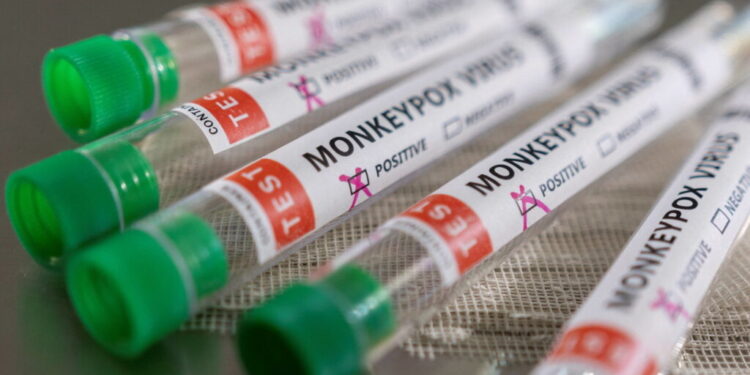According to a press release published this Tuesday, May 24, 2022, the World Health Organization (WHO), 131 confirmed cases of the variole of the monkey and 106 other alleged were recorded in 19 countries around the world.
In this press release, the WHO explains that it is possible to contain the variolate of the monkey and that consultations in scientific research around this scourge are currently being held.
In this regard, an official within this organization, said that WHO judges that the expansion of this virus outside of Africa does not require the launch of a large vaccination campaign.
On the other hand, other measures, such as personal hygiene or preventive sexual behavior, contribute to control of its expansion.
In Tunisia, no variolate of the monkey has been recorded to date in Tunisia, reassured yesterday yesterday, the director of the Institut Pasteur de Tunis, Dr. Hechmi Louzir, calling on Tunisians not to panic.
It should be recalled that the variolate of the monkey, originally from Africa, is not without posing worries! It is from the isolated areas center and western Africa, near tropical and humid forests.
The virus is transmitted from certain animal species to humans. According to the WHO, it is transmitted by species such as rodents or primates. However, interhuman transmission is very low, even almost inexistent.
This disease is called a vario of the monkey, because these symptoms are closer, less serious, to those of the smallpox which was completely eradicated in 1980.
It manifests itself, most often, with the appearance of a sudden and virulent fever and muscle pain. Then comes the rash period that can extend over the whole body.








